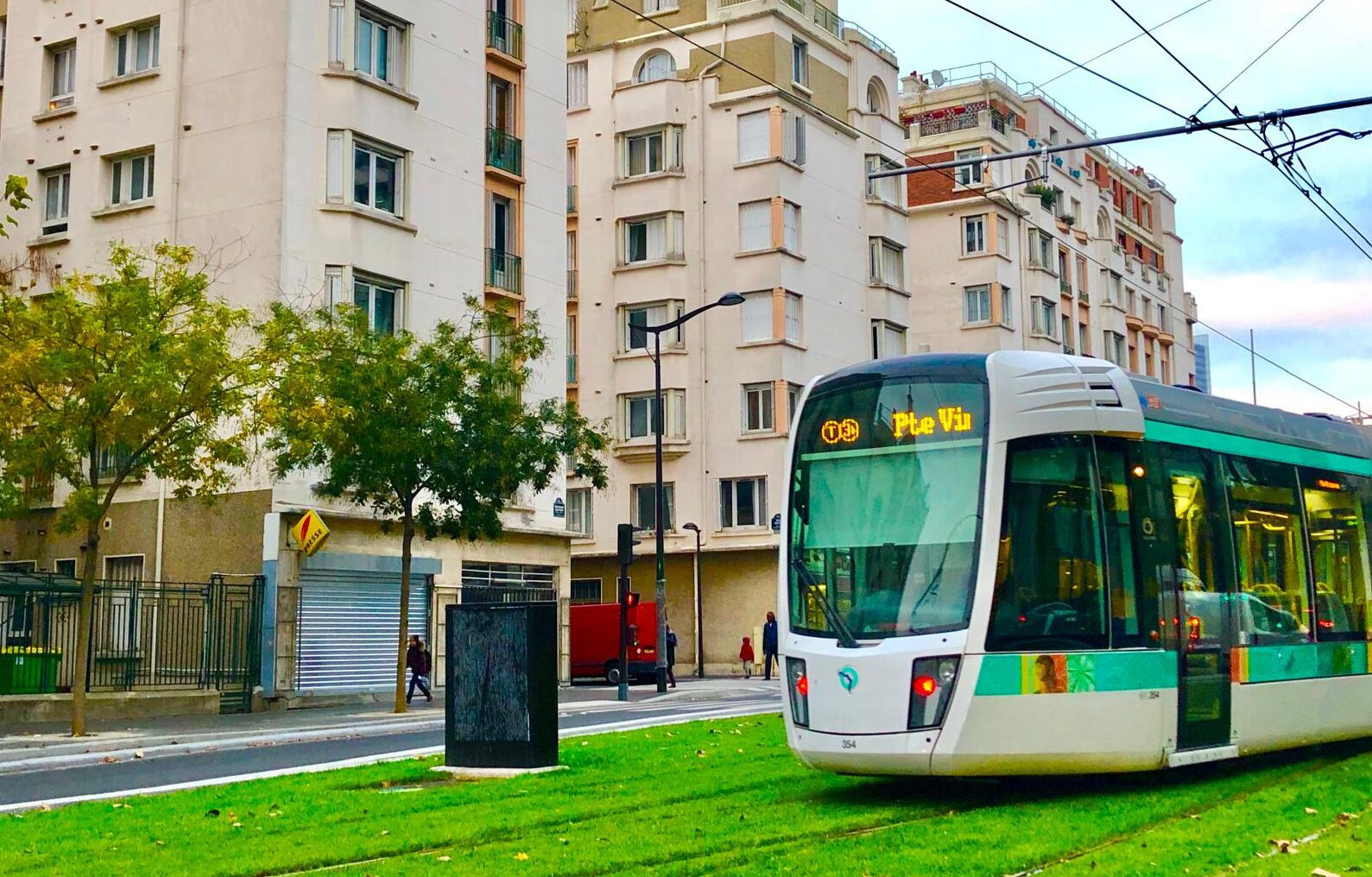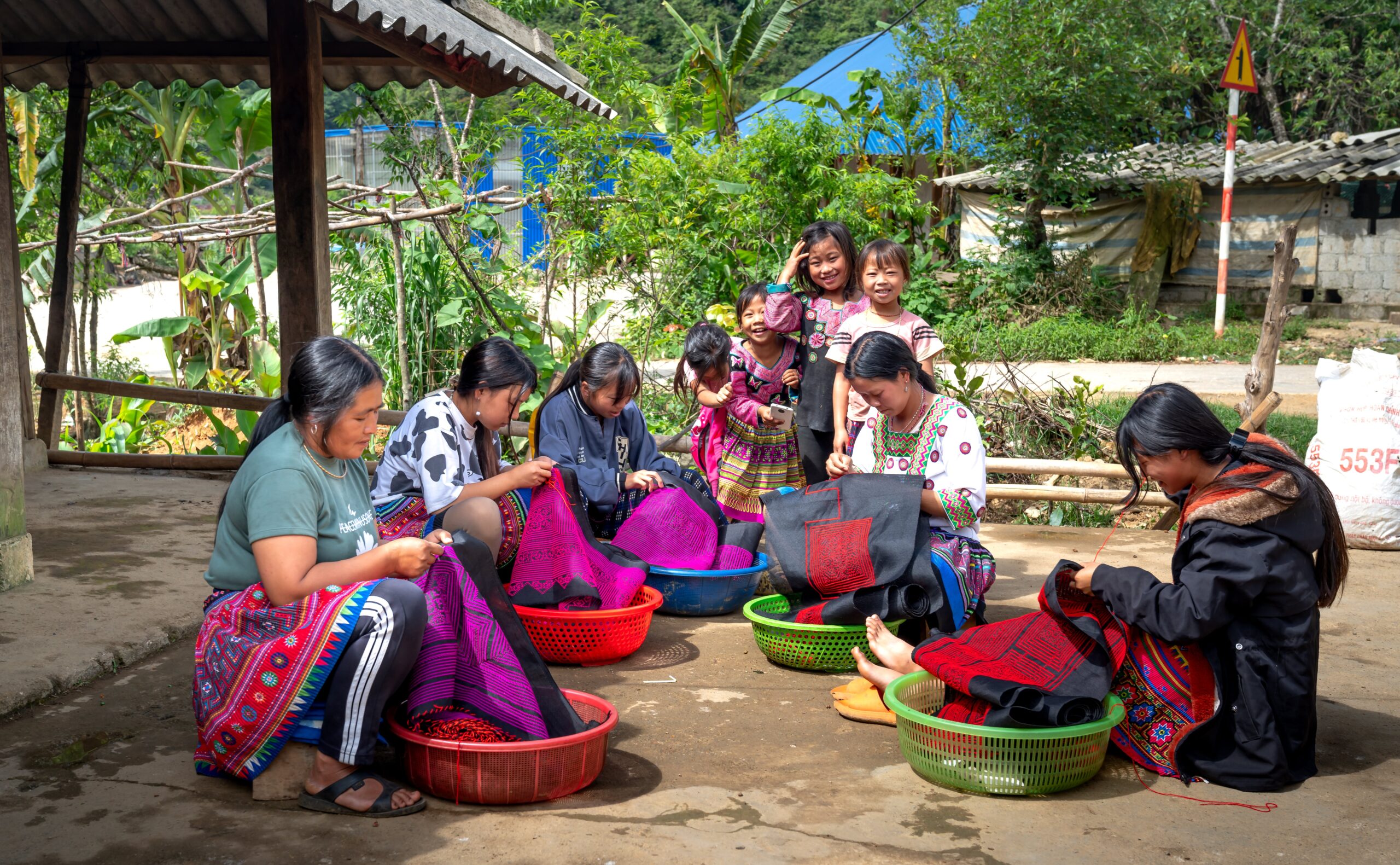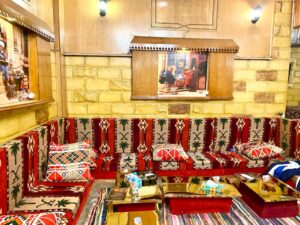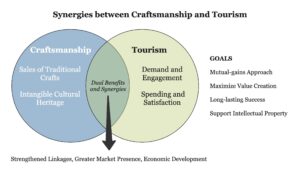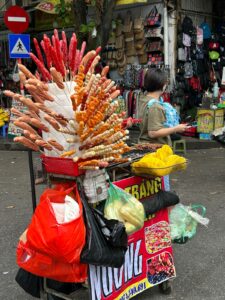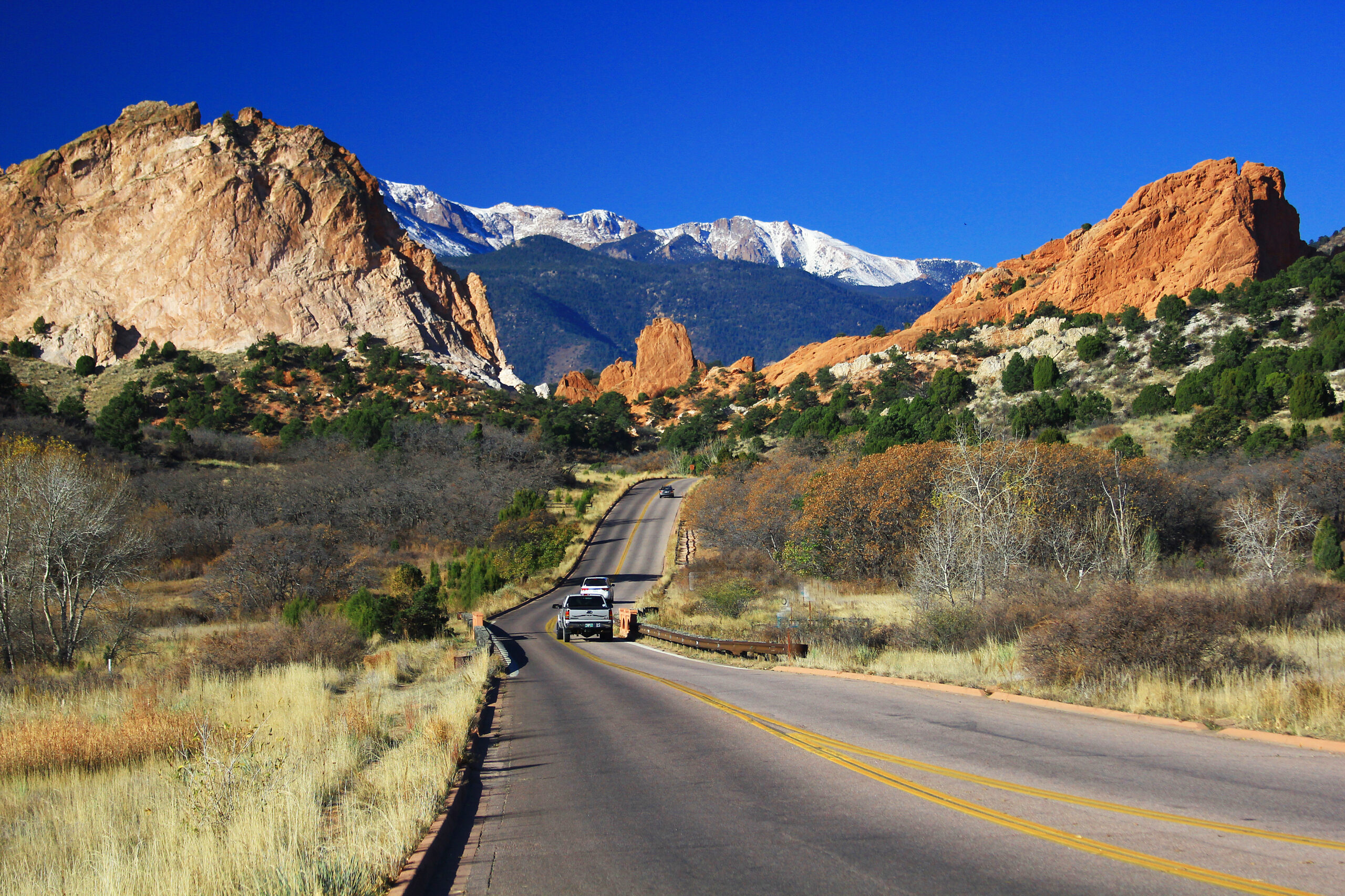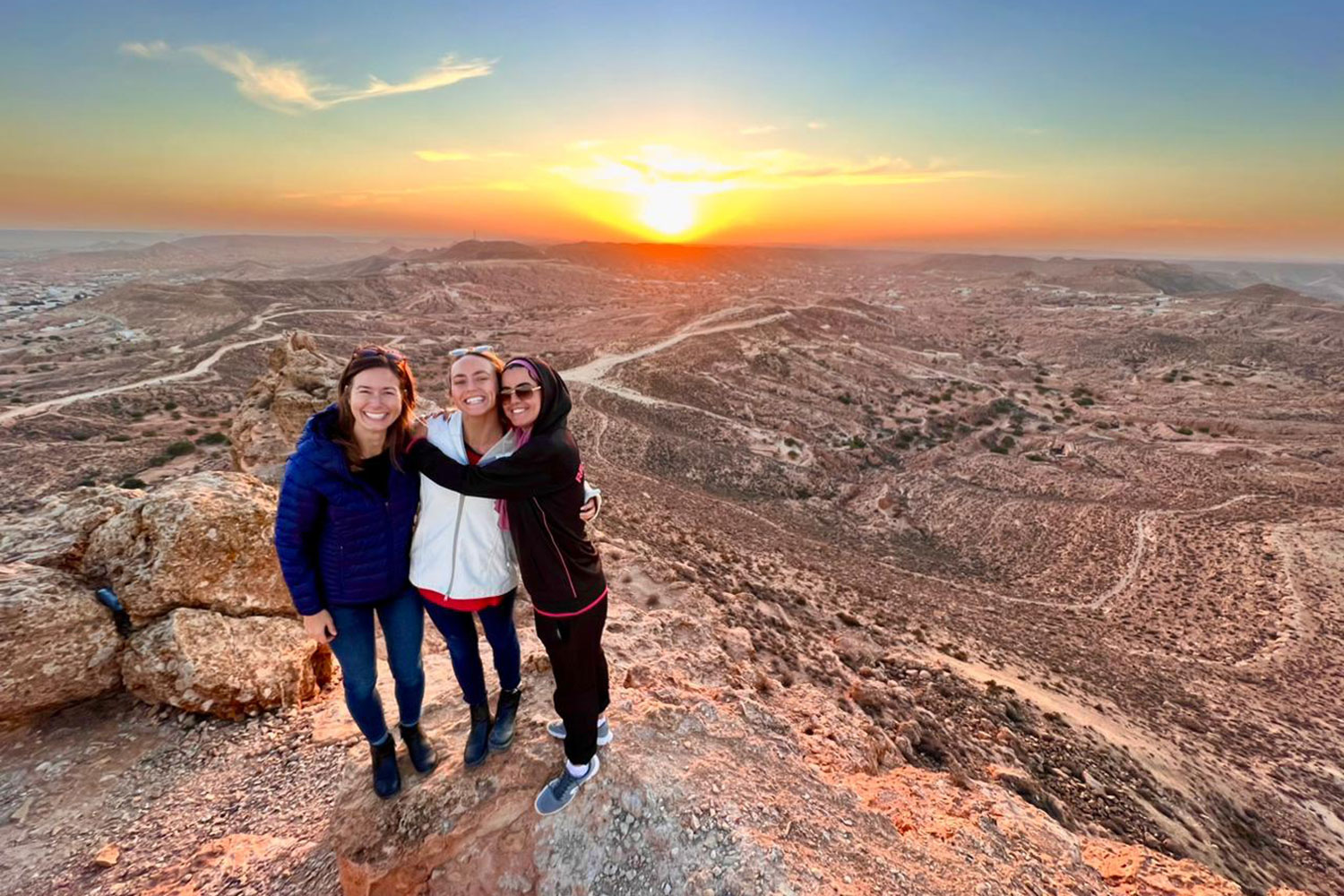The world of travel and tourism has helped strengthen both rural and urban communities while also economically empowering local businesses. However, in recent years, there has been a noticeable shift in demand within the tourism industry. We are now seeing an increasing preference for more sustainable tourism options, and green finance is proving to be a viable solution. This trend reflects a desire for tourism practices that not only promote sustainability but can also drive the market for sustainable travel forward in the long term.
In 2024, there are many opportunities in the post-pandemic era of tourism to capitalize on. Climate change remains one of the greatest challenges facing our environment, as well as the tourism industry. Both well-established destinations and up-and-coming ones are having to adapt to climate change. It is important that we design and implement certain measures to mitigate the harmful effects of climate change felt by communities trying to promote new tourism opportunities. A crucial step towards this goal is financing the development of these necessary strategies. Green finance offers the necessary funding and incentives for developing sustainable tourism initiatives. It addresses the growing demand for eco-friendly travel options and ensures the preservation of natural and cultural resources.
The Rise of Sustainable Tourism
What is sustainable tourism? Sustainable tourism recognizes the future impacts of tourism initiatives while considering the environmental, social, governance (ESG), and economic consequences. It takes into account the needs and wishes of travelers while placing equal importance on the environment and host communities.
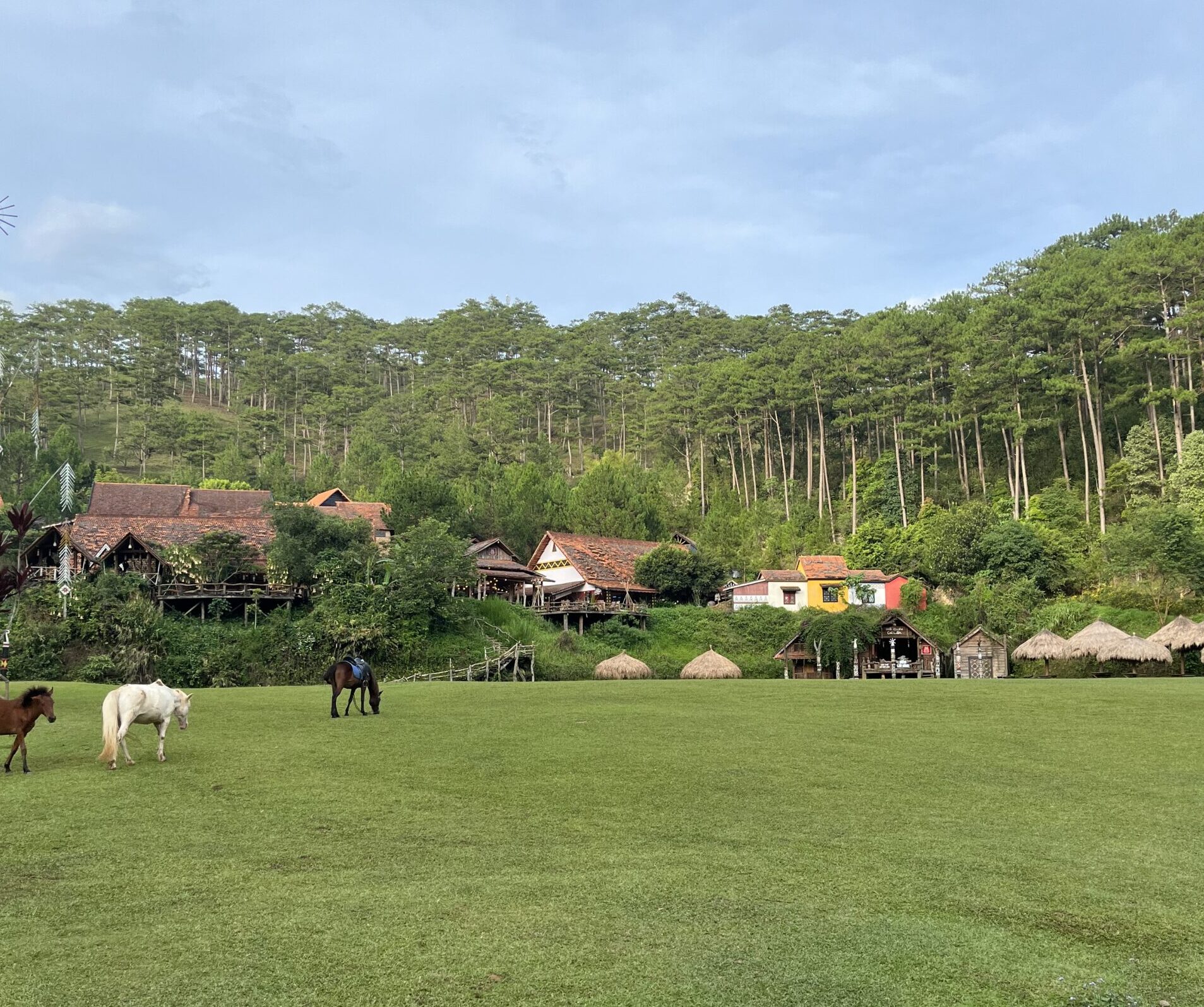
With the continuous predicament of climate change, travelers from all over the world have started to take into consideration the sustainability commitments and records of destinations and providers. In fact, many travelers are even ready to pay a premium for more sustainability in their itinerary. Environmentalists and activists aren’t the only ones driving the growing demand for sustainable tourism. Many people are simply seeking to make more responsible travel choices and contribute to a better future. Looking at the numbers, the size of the global sustainable tourism market is currently valued at $2.61 billion in 2024 and is projected to soar to $8.73 billion by 2031. This not only represents an opportunity for tourism providers to accommodate more travelers, but it is also an opportunity for investors. When comparing the demand for more sustainable tourism versus the supply of options, the numbers are shocking but represent an opportunity for growth. Globally, the sustainable tourism industry is estimated to make up just 2–5% of the travel and tourism industry. Yet, around 80% of travelers said that sustainable tourism was important, and they would want to adopt more sustainable travel practices.
What do Responsible Tourists Want?
In order to understand how the world should finance and invest in sustainable and responsible tourism, it is important to understand the requests of travelers. In the context of the demands of many global travelers, they wish to see more sustainability in six key areas. Expedia Group’s sustainable travel study from 2023 indicates that travelers are willing to pay more for:
- Transportation
- Food
- Activities & Experiences
- Lodging & Accommodation
- Purchases or Gifts
- Engaging with Local Cultures
Even though tourists aiming to travel more responsibly might not fully grasp all the nuances involved, the crucial point is that there is a clear demand for this type of travel. People want to lower their carbon emissions when they travel, choose food from sustainable sources and producers, support regional communities, purchase gifts, and engage with local artisans and craftsmen, amongst other sustainable practices. Growing the socioeconomic status of local tourism providers has always been important to the world of international development, as highlighted by many of the United Nations’ Sustainable Development Goals (SDGs). Therefore, now that there exists a market with a genuine demand for more sustainable travel options, and travelers who are even willing to pay more for these options, the time has come to address these demands and fill gaps within the industry.
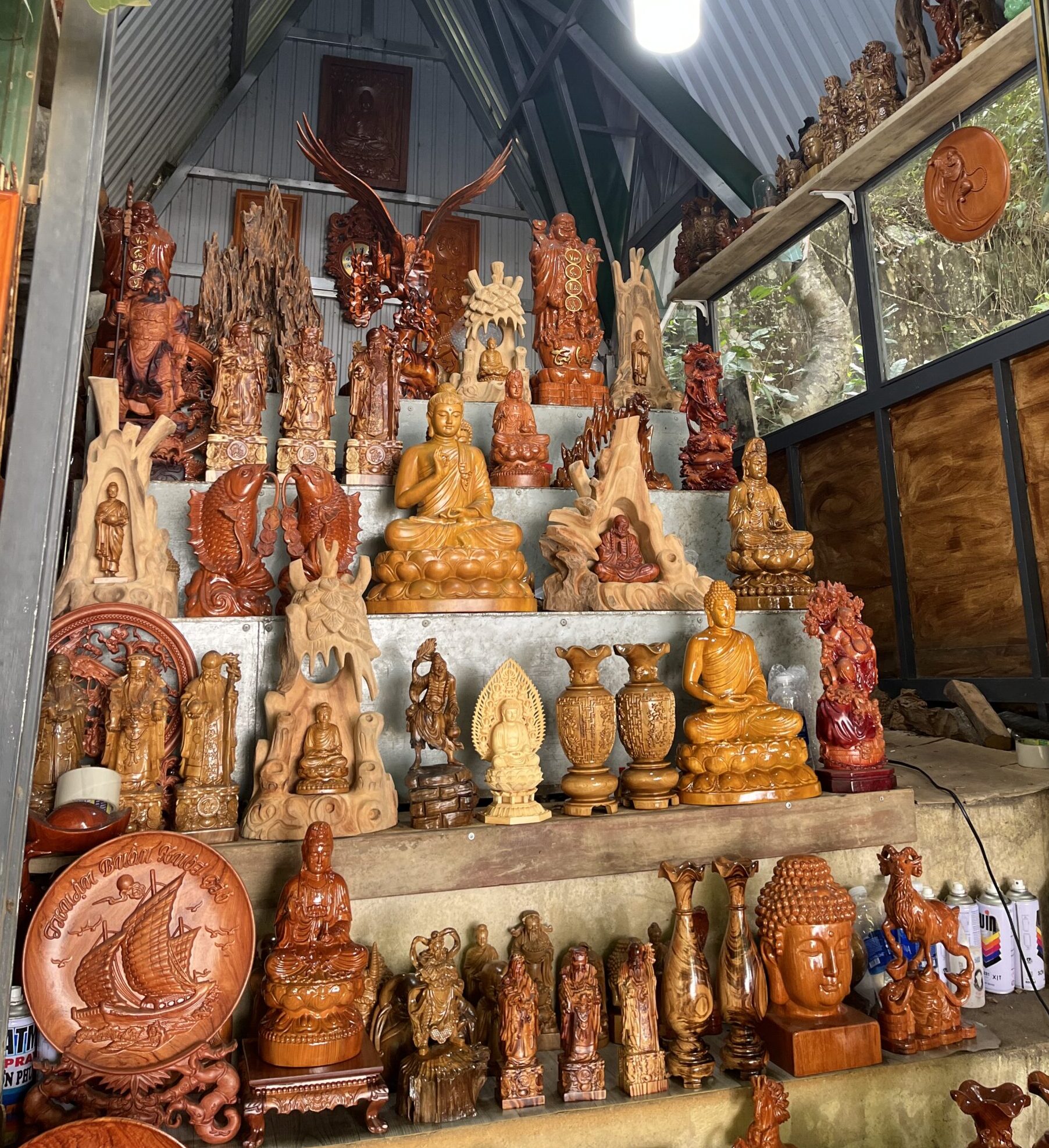
Recognizing the Importance of Green Finance
In recent years, there have been many green finance success stories that highlight the potential and success of sustainable investing. Globally, the transition to decarbonize the economy requires massive investments. Through green finance, investors in both the public and private sectors can direct their investments towards acts to lower emissions and mitigate climate change. The concept of green finance should not be confused with a risky investment for the sole purpose of helping the environment. Investors involved in green finance are actively reducing their risk. Today, investing in carbon-intensive initiatives has more risks than ever due to the transition to more responsible business practices. Aside from the risks, green financing can also support job growth in new industries and create more business opportunities that do not harm the environment in the way traditional tourism does. Those who embark on these opportunities can help private and public organizations satisfy their climate goals.
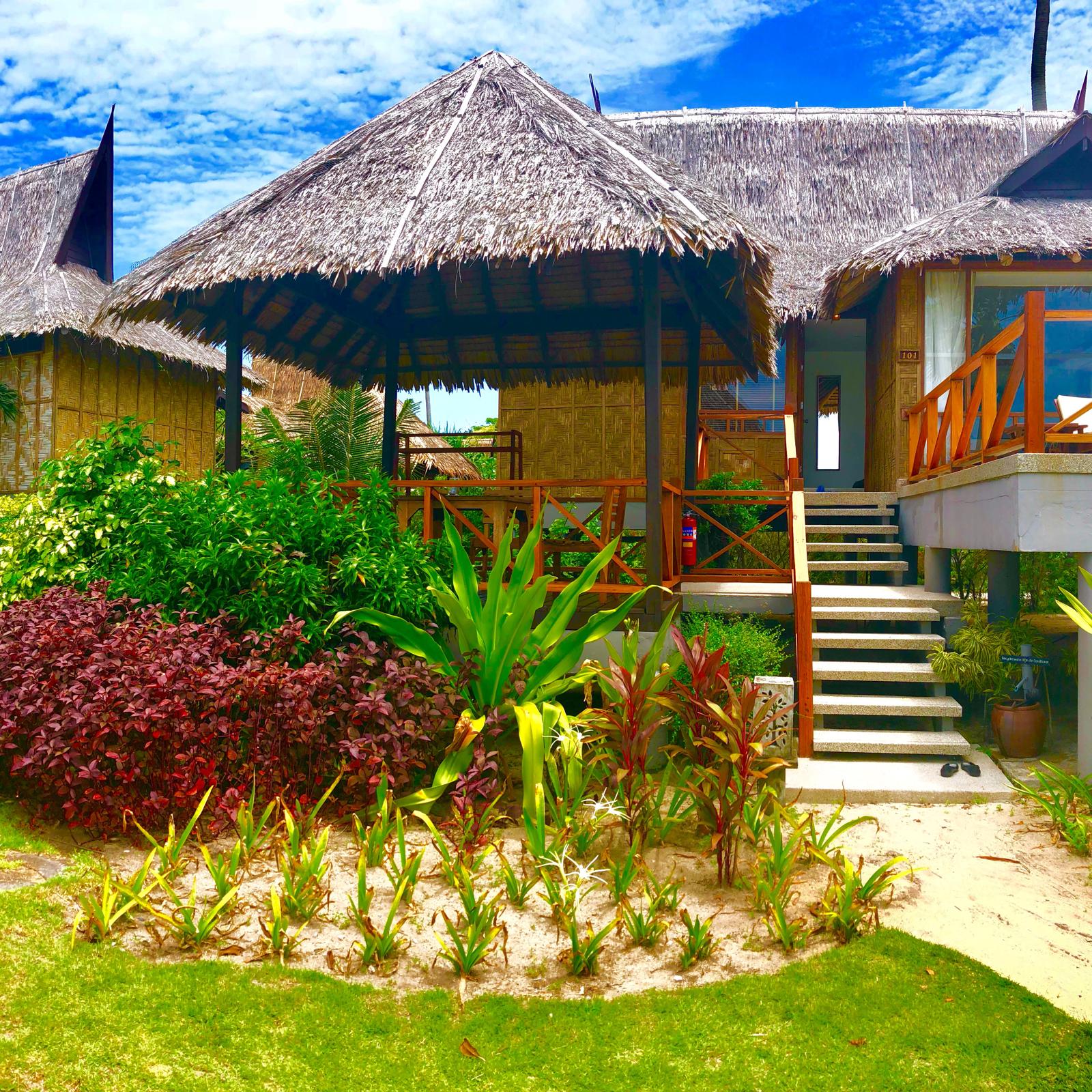
Understanding Green Financing
Green financing refers to the economic activity aimed at maximizing environmental benefits and/or reducing risks associated with climate change. For example, a company that secures a loan to upgrade its portfolio of houses with more energy-efficient systems, such as solar panels, contributes to green finance. In turn, those living in the house also are lowering energy consumption and utility expenses. This reinforces the idea that green finance is a win-win for everyone. In the long term, the goal of green finance is to establish a flow of financial resources toward investments that contribute to a more sustainable and resilient economy. In the tourism industry, this includes addressing climate change and other environmental challenges.
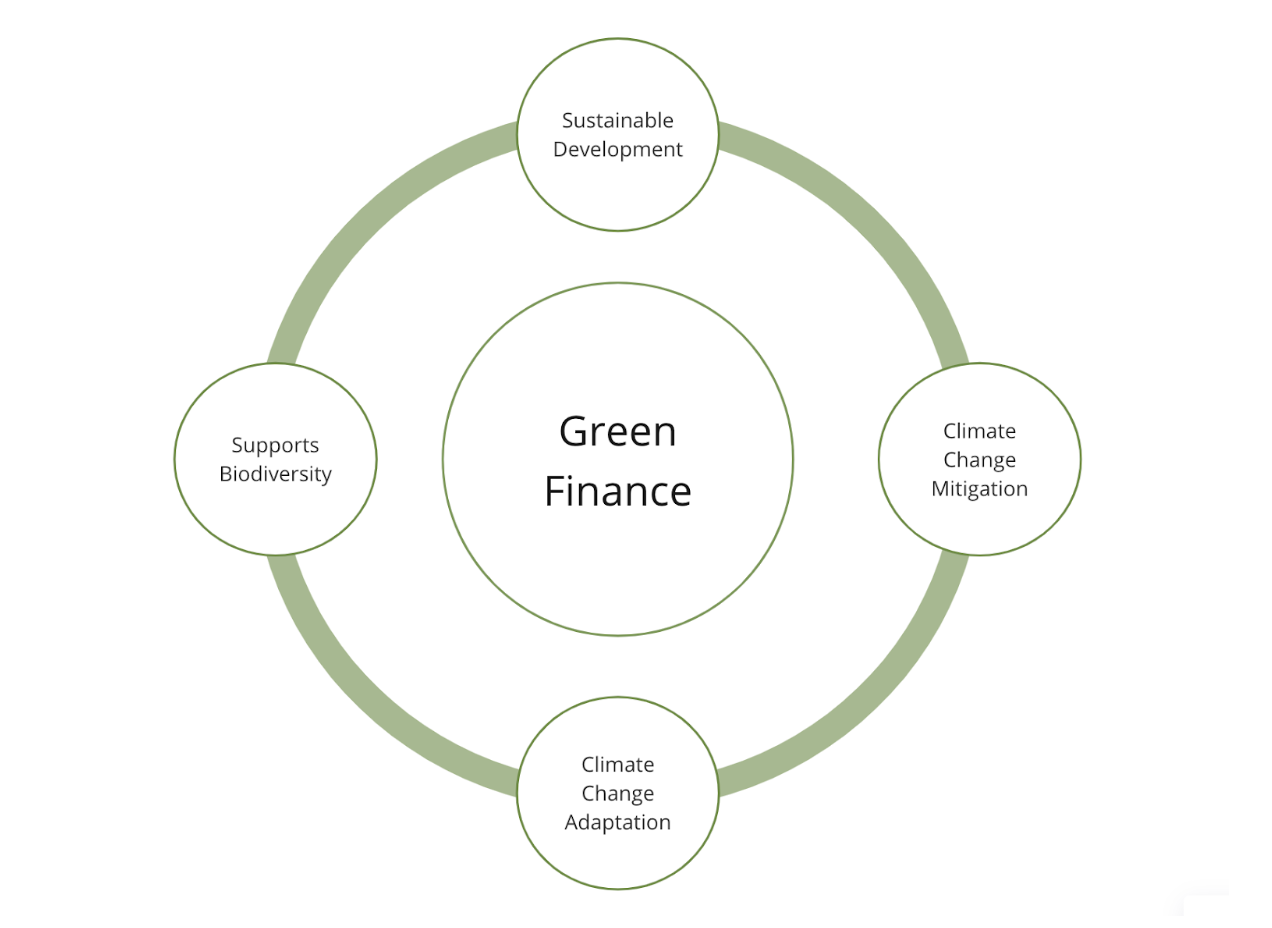
Promoting Sustainable Business Practices in Tourism
Contributing to sustainable development requires a change in the way businesses think. Businesses not only need to address the environment when making decisions, but they need to instigate changes in their consumer’s behaviors. If tourists wish to travel more sustainably, there needs to be sufficient opportunities for them to do so. In order to accomplish this, there are several different financial instruments and initiatives in green finance:
- Green Bonds: a debt security issued to finance projects that positively address environmental change.
- Green Loans: loans granted to projects or businesses that contribute to environmental sustainability (green loans typically come with favorable terms and conditions).
- Green Equities: when shares of equities/stocks are re-invested in companies that promote positive environmental results.
- Crowdfunding: obtaining funding from a large pool of interested backers to make an impact through sustainable initiatives.
- Public-private partnerships (PPPs): collaboration between governments, financial institutions, and private companies to fund and implement sustainable projects.
While each instrument is a great contributor to sustainable development, businesses in tourism need to identify their green goals. The first obvious step would be to assess the potential of the project: What are the potential outcomes or challenges? Businesses should consider the needs and wants of stakeholders. What are the regulators looking for? Investors? Employees? Customers? And so on. While there is a demand for more sustainability in tourism, it is not a one-size-fits-all solution. The following step is to choose which finance option is best suited. Each has different advantages and disadvantages depending on the context, so it is important to choose wisely to attract investment. Although investors want to participate in socially responsible investing, they also will look to minimize risks.
South Korea: A Model for Integrating Green Finance with Tourism
South Korea, officially the Republic of Korea (ROK), is emerging as a leader on the path towards financing green growth opportunities. To meet the country’s ambitious climate goals, financial institutions have announced a $313 billion green financing plan to be implemented across many sectors of the economy, including travel and tourism. Dating back to 2008, stakeholders in Korea’s tourism sector have been identifying countermeasures against climate change. Several years later in 2016, the heritage sectors of the tourism sector began implementing measures to protect the country’s most vulnerable cultural heritage assets. The national government has also played a key role in addressing climate change in tourism as they have focused efforts towards adaptation and mitigation. For the government, the key to adaptation is minimizing the effects of climate change on tourism and cultural heritage. In contrast, mitigation efforts involve leveraging these sectors as a source of education and knowledge to reduce greenhouse gas emissions.
South Korea stood as one of the countries that positioned climate change as a national priority and prepared both the legal groundwork and heavy investment to support this priority. The national government has been involved with monitoring and conducting follow-up measures to adaptation policies and investment schemes. They also spearhead the campaigns to raise awareness of the need to deal with climate change responsibly and immediately. The government also actively promotes low-carbon tourism services using low-carbon transportation, local food, and locally crafted goods, alongside the green transformation of infrastructure. South Korea stands out as a leader and exemplary model in financing and taking initiative against climate change in the tourism sector.
Investment Opportunities to Support Sustainable Growth in Tourism
Many of the key components of sustainable development and environmental management are being overlooked in tourism. Some of these include energy efficiency, waste management, water management, biodiversity, and cultural heritage. By incorporating these components, tourism operators and investors can contribute to the SDGs and be innovative. The key to unlocking this growth is to encourage responsible investing and introducing new opportunities. When aspects of sustainability such as cultural heritage and biodiversity are being funded, the tourism operators can leverage them to promote their destination.
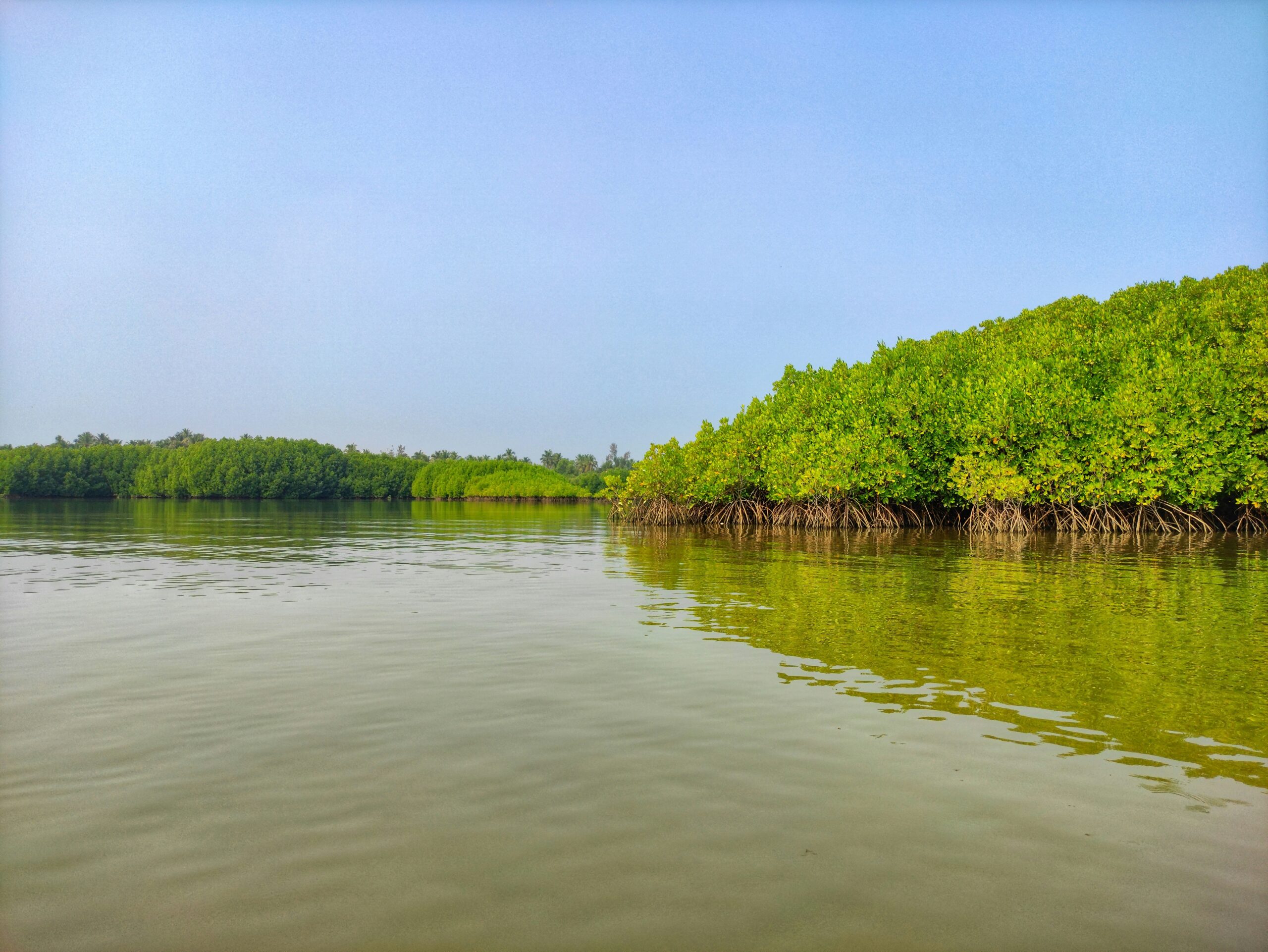
Solimar’s Investment Promotion strategies have successfully secured more than $8 million in debt and equity commitments for ecolodges within or on the borders of national parks. Further, Solimar’s principals have successfully promoted tourism-related investments totaling more than $350 million. At Solimar, we acknowledge that demand from and within new markets will continue to rise in importance. In response, we are keen to assist these destinations by attracting investments to meet demand and achieve the existing growth potential. Solimar provides the unique prospect of offering end-to-end investment promotion solutions. This includes prospectus development and production, investor recruiting, and sourcing debt and equity financing for a wide range of project types across the globe.
The Role of the Public Sector
Although private contributions are effective in tourism and economic development, the public sector has a significant role. In tourism projects, there are typically many parties involved with many goals. These may include tour operators, local governments, and destination management organizations (DMOs), all of whom have expected outcomes for projects. Therefore, public-private partnerships are a great strategy to represent the interests of all stakeholders involved and meet expected outcomes. PPPs offer a greater variety of sources of investment, technology, knowledge, and management expertise. The model is a great method to enhance the supply of resources for development and to help steer demand towards sustainable tourism. In addition, PPPs can extend the cost of a project over a longer period, allowing public funds to be allocated to areas where private investment is either unfeasible or unsuitable. However, PPPs should not be viewed as a solution to public-sector budget constraints or funding shortages; instead, they should be utilized as a means to execute projects and services efficiently and cost-effectively.
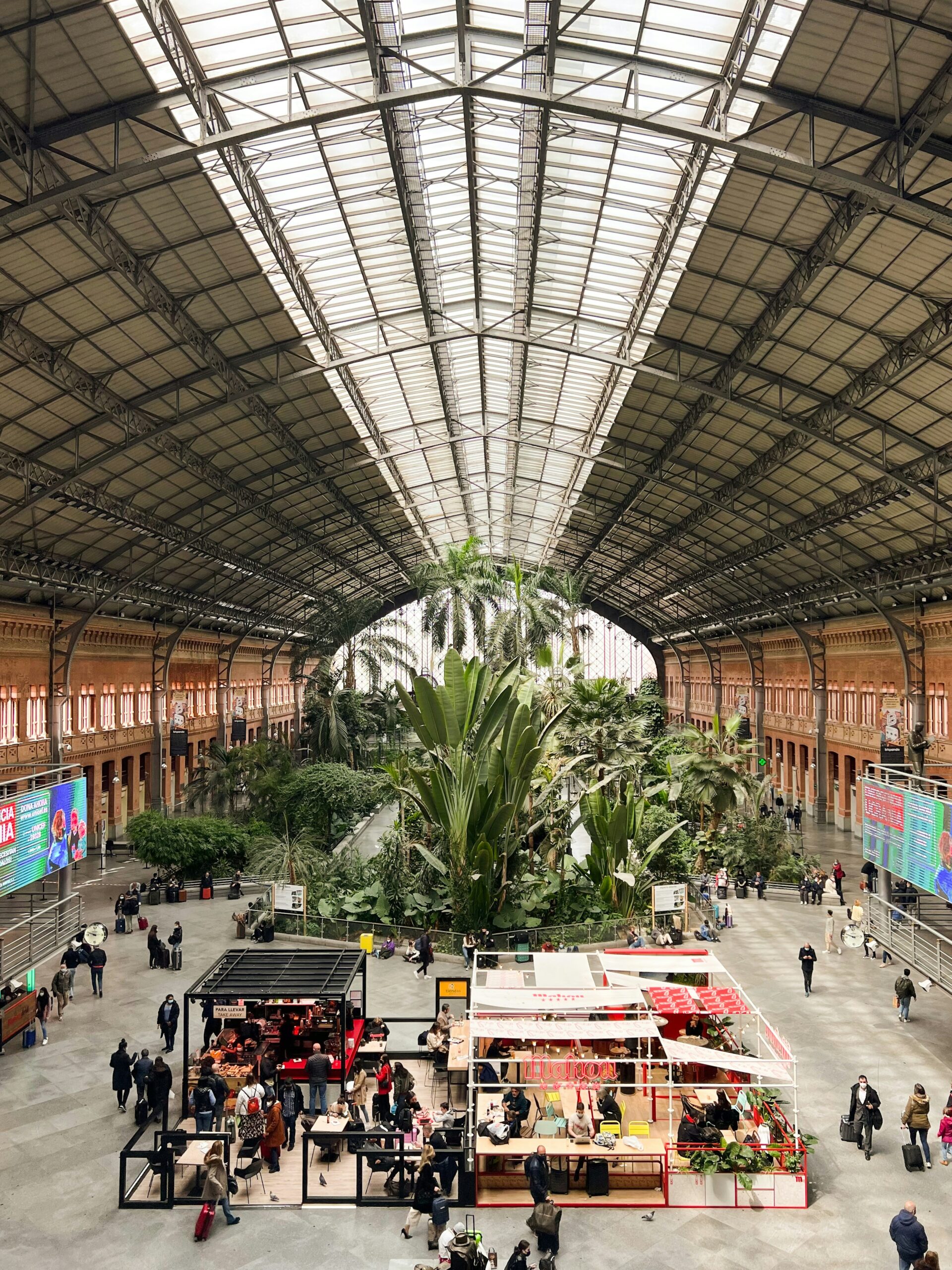
Not only is public sector involvement helpful, it’s vital. Unlike the private sector, governments usually have to cater to the whole population rather than certain stakeholders. They must be impartial and not have hidden agendas to protect. The public sector can also drive change within the private sector. Through incentives and mandates, governments can enhance private sector sustainable tourism efforts. Given the value each sector adds to the industry, partnerships are at the core of sustainable tourism. By spreading out the risk, and reducing the upfront costs imposed on public budgets, it’s vital for governments to consider partnering with private sector stakeholders.
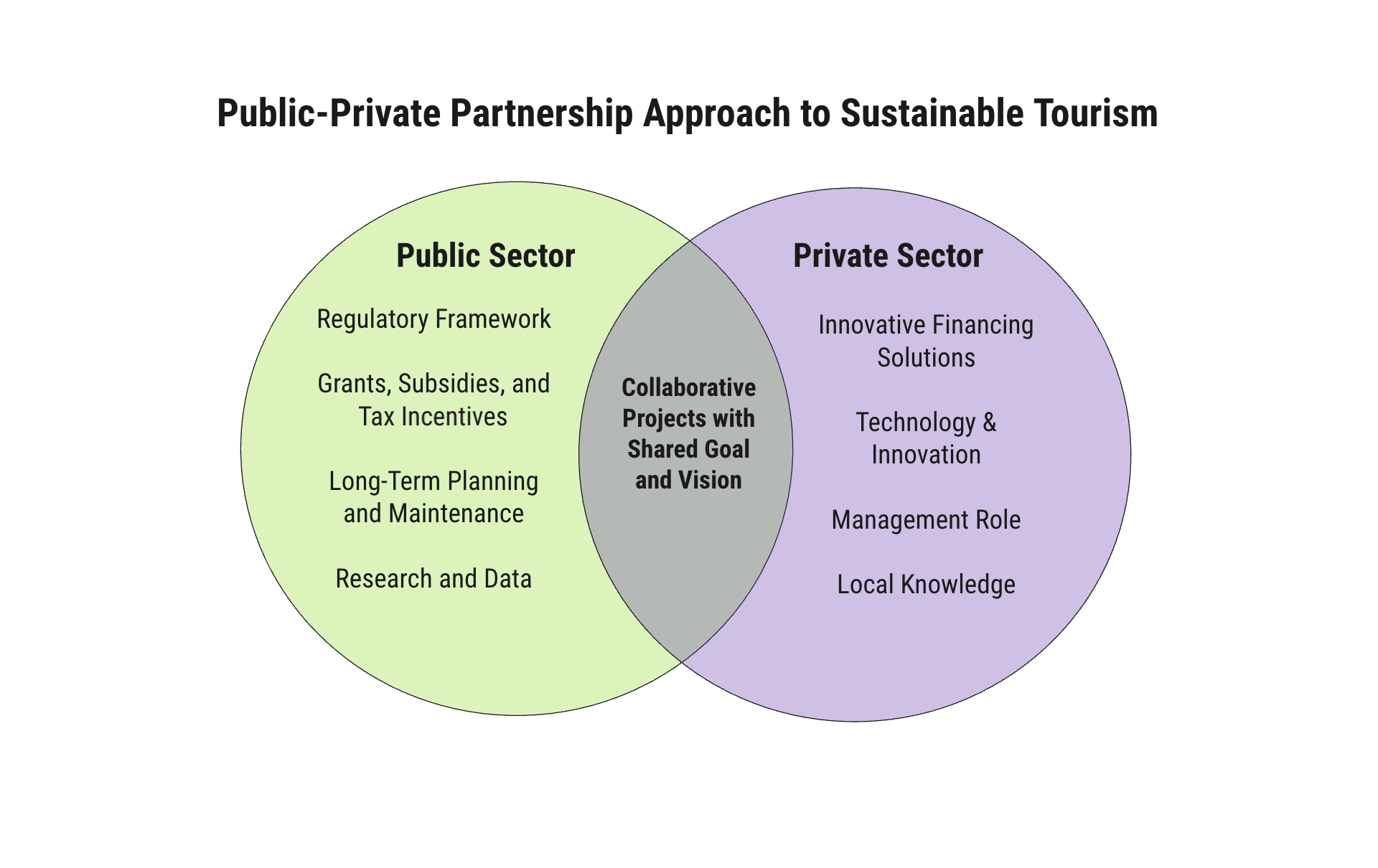
The Path Ahead and Progressive Strategies
With the emergence of a new travel pattern amongst tourists, we must offer new opportunities. We must steer consumers to more sustainable travel and make responsible decisions. Although there is a segment of travelers who desire to experience greener, more sustainable travel, there are also those who are not yet inspired by sustainability but who could be influenced. Celebrating the transition to an eco-friendly brand of travel should become a key component of the journey towards a sustainable future. To promote these changes, it’s key we broaden the dialogue to appeal to different segments of travelers.
Cities with the potential and resources to spark change should take the lead and set the example. Cities should embrace policies that facilitate the relationship between financial markets and opportunities for green finance. This relationship is key to attracting the assets and capital required to deliver successful sustainable projects for travelers. The diversification of financing opportunities is also an important avenue for growth. No two projects are alike, and no two projects face the same challenges. This means that in order to accomplish goals, there must be ample opportunities to finance these endeavors.
From an internal perspective, to obtain the means of investment, projects must have significant profit potential. Projects must be highly marketable to entice investors. Business plans and prospectus development strategies must be thorough and feasible. Additionally, effective risk management strategies should be in place to address potential challenges and uncertainties, giving investors confidence in the project’s stability. Highlighting the long-term sustainability potential can also attract socially responsible investors who are seeking opportunities to expand their portfolios. By combining these elements, projects can become more attractive to investors, ensuring a higher likelihood of securing the necessary funding.
